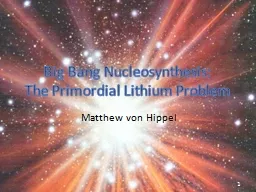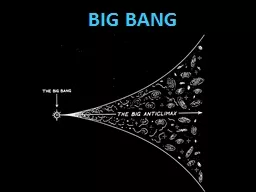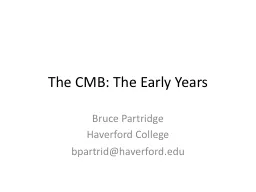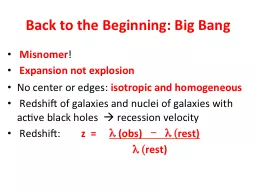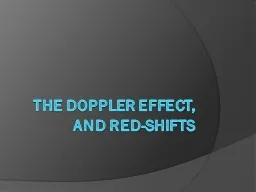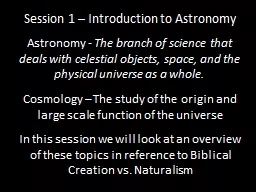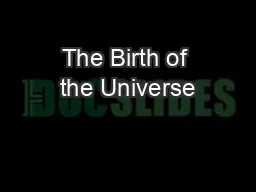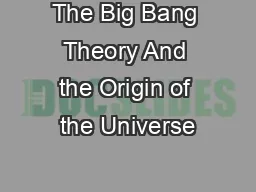PPT-Combustion The big bang or the little pop?
Author : festivehippo | Published Date : 2020-06-18
Expectations Take notes and write 3 test questions What is combustion Combustion is A noun1 the act or process of burning Chemistry rapid oxidation accompanied by heat and usually light
Presentation Embed Code
Download Presentation
Download Presentation The PPT/PDF document "Combustion The big bang or the little po..." is the property of its rightful owner. Permission is granted to download and print the materials on this website for personal, non-commercial use only, and to display it on your personal computer provided you do not modify the materials and that you retain all copyright notices contained in the materials. By downloading content from our website, you accept the terms of this agreement.
Combustion The big bang or the little pop?: Transcript
Download Rules Of Document
"Combustion The big bang or the little pop?"The content belongs to its owner. You may download and print it for personal use, without modification, and keep all copyright notices. By downloading, you agree to these terms.
Related Documents


